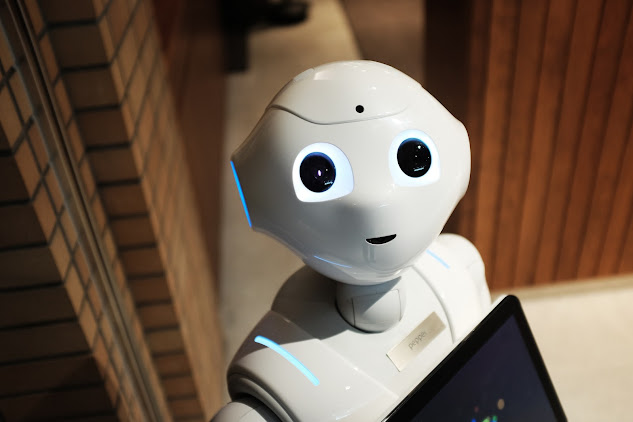As we move further into the 21st century, technology continues to play an increasingly important role in our lives. From smartphones to smart homes, we rely on technology to help us navigate our daily lives. One area where technology has made significant strides is in the development of artificial intelligence (AI). AI is now capable of performing a wide range of tasks that were once thought to be the exclusive domain of human beings. But as AI becomes more integrated into our lives, questions arise about how it will affect our ability to interact with each other.
Emotional intelligence (EI) is the ability to recognize and regulate emotions in ourselves and others. It is a key component of successful communication and relationships. In recent years, researchers have started to explore the relationship between emotional intelligence and AI. Can machines ever truly understand human emotions? And if they can, what are the implications for how we interact with them?
One of the main challenges in developing AI that can understand human emotions is that emotions are highly subjective and contextual. What one person perceives as a positive emotion, another might perceive as negative. AI systems must be able to recognize and interpret emotional cues in a way that is accurate and consistent across different individuals and cultures.
However, researchers have made significant progress in developing AI systems that can recognize and interpret emotional cues. For example, some AI systems are now capable of recognizing facial expressions and body language, which are important indicators of emotions. Other AI systems use natural language processing to analyze the tone and sentiment of text-based communications, such as emails or social media posts.
But understanding emotions is only part of the equation. AI systems must also be able to respond appropriately to emotional cues. For example, if a person is angry or upset, an AI system that responds in a cold or clinical manner is unlikely to be effective. AI systems must be able to adapt their responses to match the emotional context of the interaction.
So what are the implications of this research for how we interact with AI systems in the future? One possibility is that we will see a shift away from traditional user interfaces, such as keyboards and mice, towards more natural forms of interaction, such as voice or gesture-based interfaces. These interfaces will allow users to communicate with AI systems in a more intuitive and emotional way, which could lead to more effective and satisfying interactions.
Another possibility is that AI systems will become more integrated into our social and emotional lives. For example, AI systems could be used to provide emotional support for people who are struggling with mental health issues. AI systems could also be used to provide companionship for people who are isolated or lonely.
However, there are also potential risks associated with the development of emotionally intelligent AI systems. For example, if AI systems become too good at recognizing and responding to our emotional cues, we could become overly reliant on them. This could lead to a loss of human empathy and social skills.
In conclusion, the development of emotionally intelligent AI systems is a promising area of research that has the potential to revolutionize the way we interact with technology. As AI becomes more integrated into our lives, it is important to consider the potential benefits and risks associated with emotionally intelligent AI systems. By doing so, we can ensure that we develop AI systems that enhance our emotional intelligence, rather than replacing it.

Comments
Post a Comment